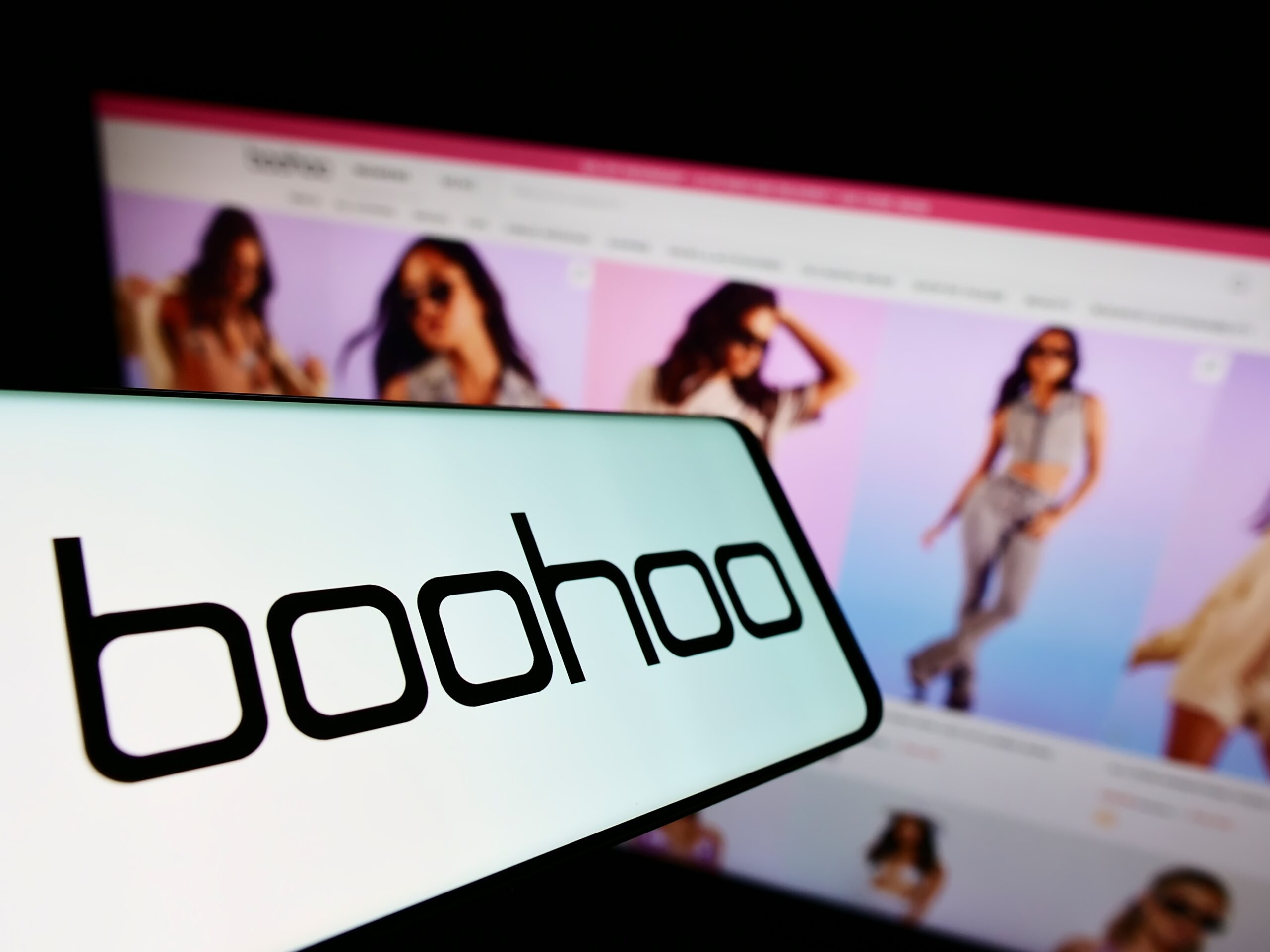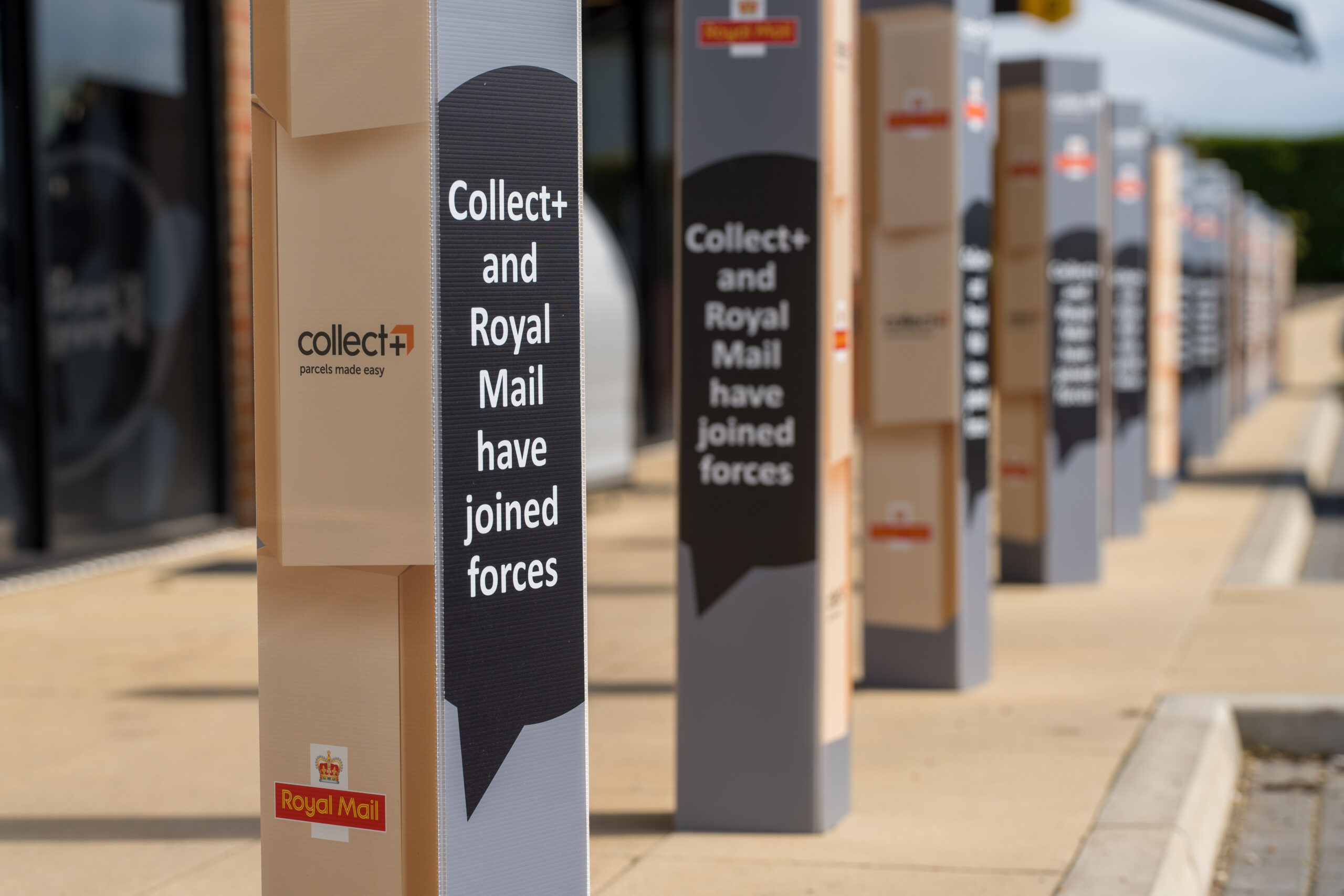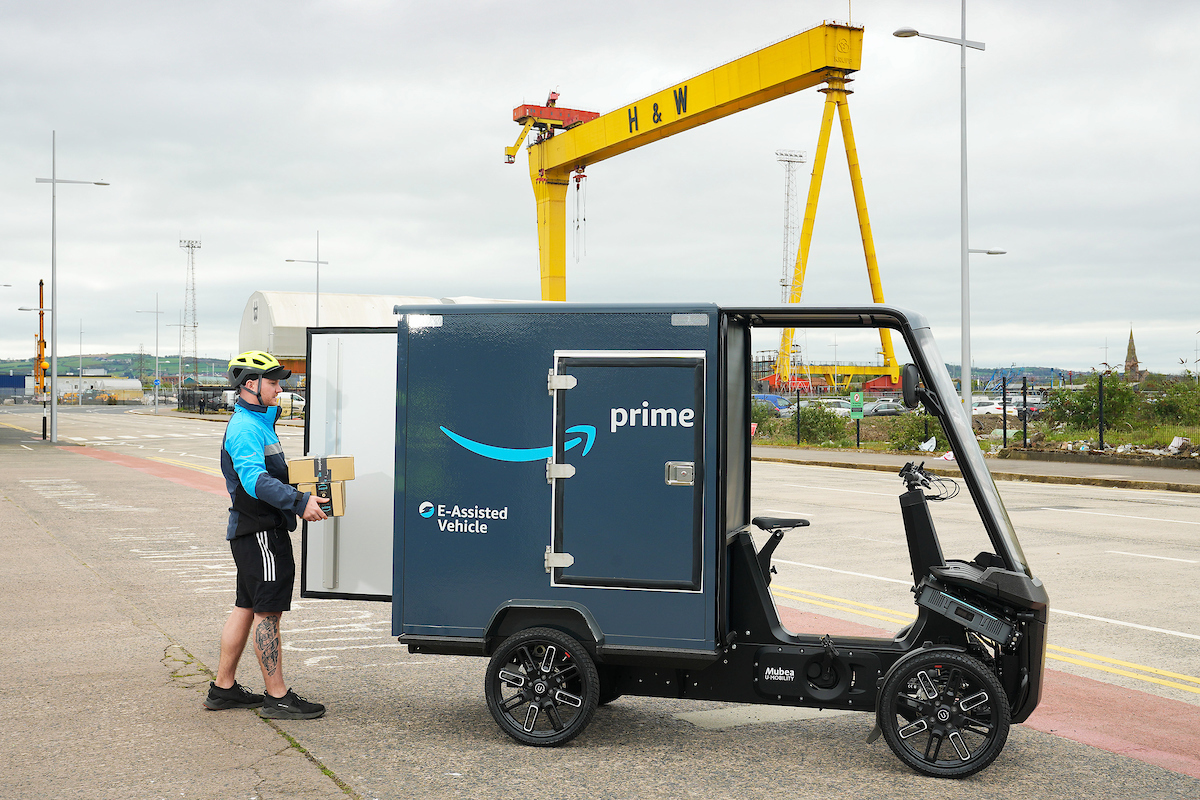The days are long gone when retail was as simple as competing with other brands on price points to acquire a bigger slice of the consumer pie. Consumers today don’t just respond to product, price, placement and promotion; they also expect personalisation – an all-encompassing retail experience. Simon Herron, a senior solutions engineer at Optimizely explains
Technology has been disrupting the retail industry for over a decade and it’s only going to continue with Amazon and a plethora of other digital retailers, forcing traditional forms of retail commerce to respond and try to keep pace with a completely disrupted market or fade into irrelevance.
While there have been several high-profile High Street casualties of the digital retail revolution, we’ve seen many more embrace the opportunities that technology has afforded. Here, we examine how well the sector has seized the opportunities that technology affords, and ask what challenges it still has to solve.
When to invest?
If the last quarter of a century has taught us anything, it is that retailers cannot afford to stand still for a second. Instead, they must continually pursue new avenues for engaging with their audience and experiment with new technologies to find that elusive edge.
Over the years, we have seen the rise of mobile and omnichannel in the retail sector, we’ve also witnessed retailers redefine their delivery solutions and customer experience. The next couple of years will be no different and we can expect for retail to reach one more pivotal moment as voice-controlled AI looks to takes off with brands and consumers.
While Amazon Echo gives us a tantalising glimpse into a possible future of connected retail in the home, we’re still very much at the early-adopter stage. These technologies are far from ubiquitous and are of interest for their potential than for their current functionality. However, they do pose an opportunity for retailers to remain innovators and stay ahead of their competitors.
With every technological advancement, the fundamental questions for retail, remain fairly static: when to start investing in these new channels? How to reach and appeal to the audiences that may already be there? What are the expectations of those potential customers?
The future for retail is in technology and multi-device culture has taught us that we can’t afford to assume that each individual’s needs remain the same at every touchpoint. Retailers should continuously iterate on every new experience they provide for their consumers, without instant customer feedback there is no knowing how impactful technologies like voice can be (or not be).
The cusp of the AR / VR revolution
Remember when every year was touted as the “year of mobile”? From almost the beginning of this decade, everyone expected an explosion in mobile retailing and marketing, but it took years for mobile to fulfil its promise.
It’s the same story with AR and VR. We’ve been hearing about these technologies for several years, but those that predicted an imminent revolution were left wanting more. Last year was a watershed, though, as VR exploded onto the scene… of the gaming industry, anyway. It proved the point that these technologies were no mere gimmick, but the passports to totally immersive virtual worlds.
Now we have travel brands producing panoramic mobile ads, while the likes of Uniqlo , Topshop and GAP have introduced the long-touted AR dressing rooms. Converse even has an AR app that lets you try on different shoes. Familiarity with the concept of AR has matured, technology is perpetually advancing and now retail brands are in a better position to bring their brand experiences to wherever their customers may be. We may be a few years from getting this right, but the direction is clear: AR and VR are here to stay.
The rise of the disruptive retailer?
Most major retailers want to be an Amazon – or, at least, to have a similarly disruptive effect on the industry. For several years now, we’ve been seeing retail companies start to think of themselves or re-create themselves internally, as technology companies.
Fashion brands like Missguided , Burberry or YOOX are excellent examples of this trend. These innovators are always looking at ways they could start to solve their own internal issues and we see a range of opportunities for these challenges. When there are budget confinements, savvy retailers maximise their Paid Media budgets through personalised landing page experiences or at times when speed to market is most prevalent, retailers gradually roll out concepts and new products through continuous improvement and experimentation. Brands, like the ones above, are capitalising on internal knowledge such as, an organisational culture that captures and accepts feedback and generating their own software. This is something that’s always been prolific in the gaming and sports betting industry and now we’re starting to see it realised in the financial sectors too. Those huge budgets that were once set aside for marketing partnerships have now been partitioned and been plunged into emerging technologies.
The risk for retailers is that they are blinded by their own ambitions and self-image as innovators. Consider personalisation, an umbrella term for ‘the right experience to the right person at the right time’. The problem for many retailers is not harvesting and analysing data, but rather what personalisation means to them – and to their customers. It’s not always easy to know what the ‘right’ experience is for each situation and audience, or what problems you are trying to solve with personalisation.
That is where the importance of experimentation comes in. Acquiring insight into the behaviour and demographics of their target audience paired with in-depth evaluations into browsing and purchase decisions is key to understanding what your customers want. Done right, experimentation and personalisation work hand in hand in unlocking an increased share of wallet, better funnel conversion and loyalty for the business.
This is what sets retail apart from the technology industry: in the latter, they start with the solution; in the former, they start with a capability and then grope towards an appropriate use case. That is why truly disruptive retailers are so rare.
Retailers may be striving to develop a “break-out” service or experience but if they continue to test and learn, they will undoubtedly get there… Collectively, their competitive instinct and hunger to innovate means that they are pushing the boundaries of what’s possible. That can only be a good thing for consumers, and for the industry as a whole.
Photo credit: zapp2photo (Fotolia)






